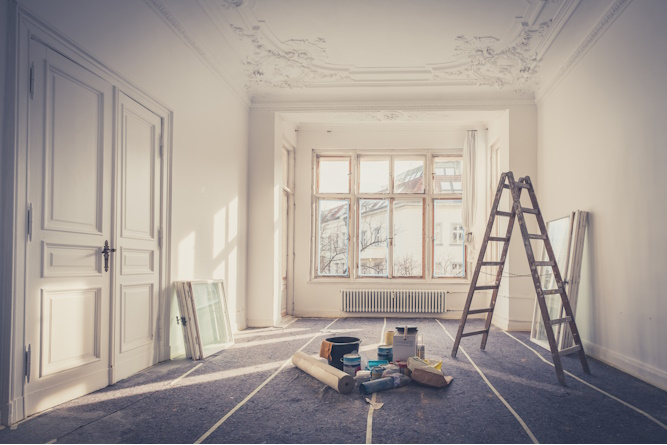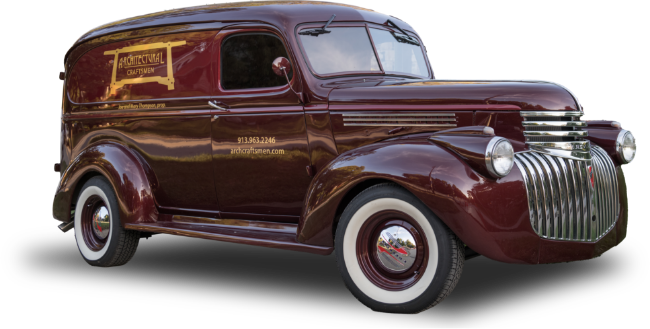The Difference Between a Design Opportunity and What Simply Has to Go Is a Matter Of Taste
Old homes are charming because their architectural features and design elements are not common in modern homes. In some cases, these features are worth keeping, as they exude vintage style, high-quality craftsmanship, functionality, and timeless appeal.
Yet this isn’t true for all features. Some simply aren’t relevant for today’s lifestyles. Others are aesthetically unappealing or pose risks to your safety. Keep reading to find out whether the features you come across have staying power or should be removed or replaced.
Treasure Or Trash: Categorizing 6 Commonly Found Features During Historic Home Renovations
Depending on your home’s region and the year it was built, there are plenty of antiquated features to consider. However, these six features are most frequently found across the U.S. when homeowners begin to renovate a historic home.
Old Radiators
Radiators, especially those that have been well-maintained, can give your home a vintage look reminiscent of an era when these devices were needed for heating.
Either plan to restore them and utilize them for heat distribution, or, if they are in disrepair, consider a different HVAC option and have them removed. Radiator cabinets can also be repurposed as unique design elements in your home, especially if the original woodwork is intact.
Hardwood Floors
Hardwood floors are the most popular feature to restore during an historical home renovation. This type of flooring is timeless and often features high-quality wood and building techniques that may not be available today.
Superficial damage to hardwood floors can typically be restored with expert help. A historic renovation company may be able to salvage some of the wood for another project in the home!
Old Windows
It can be difficult to part with windows on historic homes, as they are frequently framed with period-style woodwork or have a distinct character that you don’t want to lose. Yet many homeowners are unsure what to do because these windows can be inefficient, drafty, and may not open and close properly. In some cases, your home’s windows can be restored or replaced with new reproductions with better efficiency and functionality. If your home is in a designated historic neighborhood, keep in mind that you’ll need to get approval for the new windows from the local historic commission or architectural review board.
Exposed Beams
Your home’s exposed beams may be one of the most charming parts of your home. These can feel rustic or even stately, depending on the design. Exposed beams have been appealing to homeowners across the decades, so they may still match your taste. However, similar to your hardwood floors, you want to ensure that these beams are structurally sound before incorporating them into your new design.
Original Molding
You may be looking at the historic woodwork in your home and feel that it’s too dated. You might be tempted to remove it and start fresh. A historical home renovation team can offer suggestions for integrating this molding with contemporary features that bring the design back to life. For example, if the molding has been painted, you may find that removing the paint reveals beautiful woodwork that more closely matches your taste and your home’s architectural era. If removing the paint is problematic due to lead paint concerns, a historical home renovation team can often replicate the historic woodwork out of the same wood species and stain it to match the rest of the home.
Milk Doors
Your home may have a small cabinet built into a wall beside your front door. When milk delivery was a common home service, this feature allowed the delivery driver to safely place milk inside the house. These doors may create a draft in your home or easily let in pests. However, the outdoor facade of this door may still have a design quality that you want to keep. Consider sealing this door from the inside, while restoring the outside door for its visual appeal.
Butler’s Pantries
Butler’s pantries offer additional storage, the opportunity to create a wet bar, or a place to prepare food when you entertain. If the pantry feels inefficient, too small, or you imagine a kitchen area that has more open space, these may be reasons to remove this room.
Your Historic Home Renovation Is Up to You, But an Architectural Designer Can Help
Features that are in disrepair, lack contemporary functionality, or don’t mesh with your taste, may not be useful for the premium historical home renovation you’ve imagined. If you aren’t sure whether to include certain features, you can find out what your historic renovations team recommends when they develop your customized design.
An expert historic renovation company understands how your home’s historic features offer opportunities as part of a design concept that meet your needs. They can also help you address outdated features that need upgrading and modernizing, without sacrificing your home’s character and charm.
A team that specializes in historic renovation will help you work through design decisions. Soon, you’ll have a complete concept that perfectly merges the old with the new.


